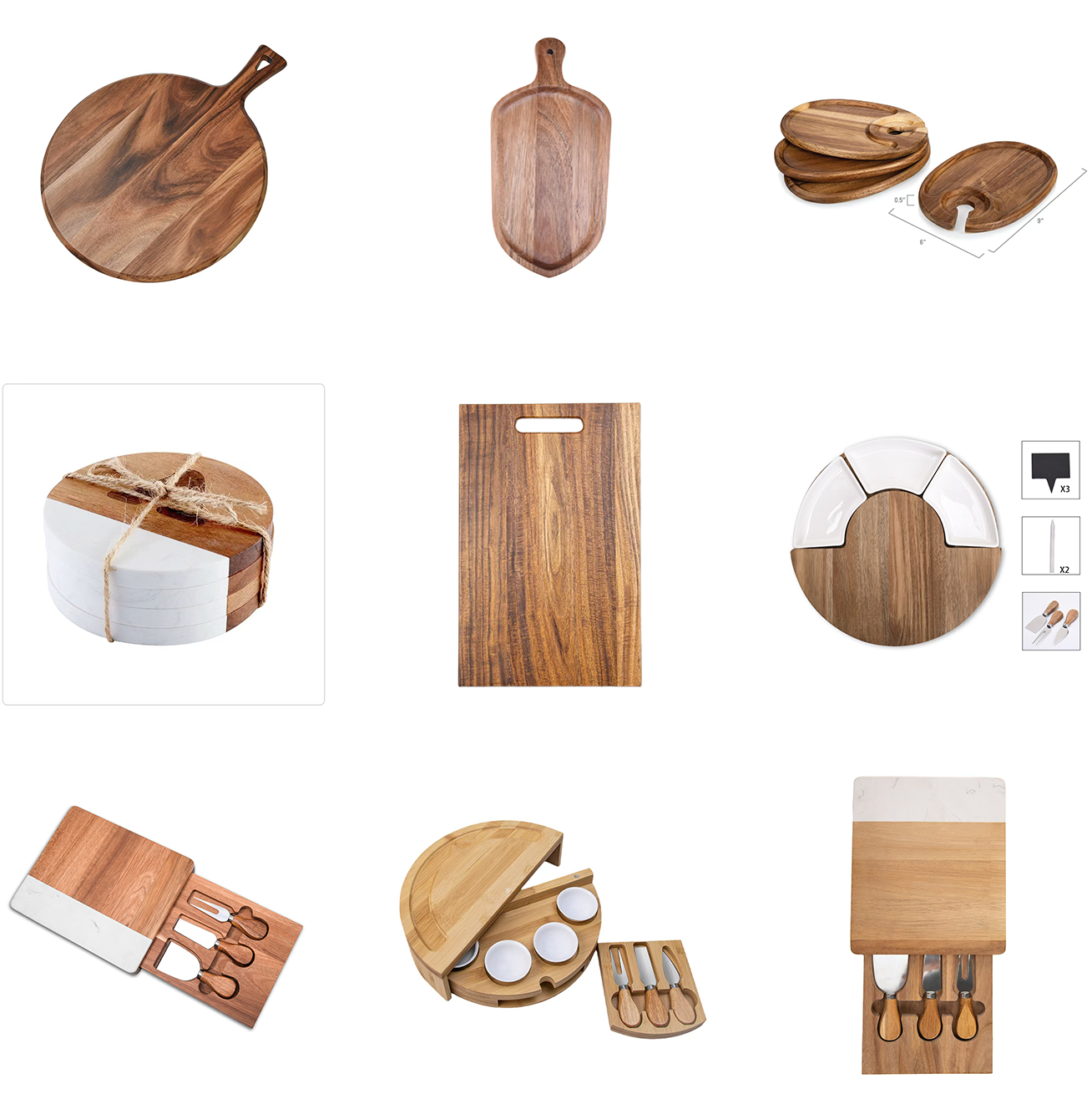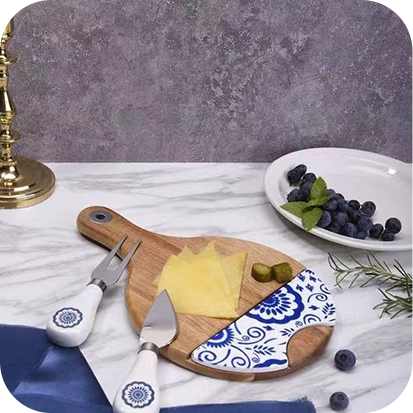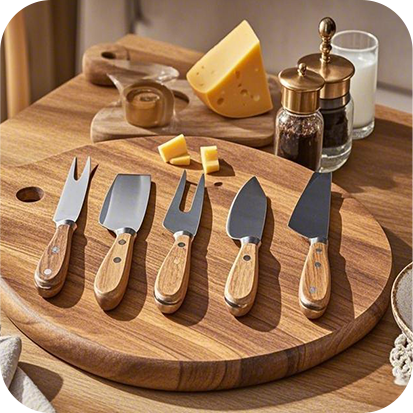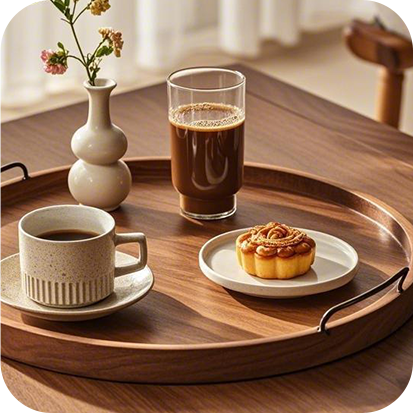Cutting Board Longevity: Which Material Lasts Longer and Why?
Cutting Board Longevity: Which Material Lasts Longer and Why?
In the debate between natural wood and composite cutting boards, one of the most critical deciding factors is durability. How long will the board last? What kind of wear and tear can it withstand? And how much maintenance does it require to stay functional and safe?
This article breaks down the real-world performance of different materials in terms of longevity, maintenance, replacement frequency, and structural integrity—so you can make a lasting investment for your kitchen.
What Affects Cutting Board Lifespan?
Several factors determine how long a cutting board will last:
Material hardness and resistance to knife scoring
Moisture resistance and susceptibility to warping
Tolerance to heat and washing methods
Stain and odor absorption
Maintenance habits (oiling, cleaning, drying)
Natural Wood (Acacia): Long-Term Value Through Care
Natural wood boards, especially those crafted from acacia, offer exceptional durability when well maintained. Their dense grain resists knife grooves, and their natural oils help prevent moisture penetration.
The Two-sided Handmade Timeless Acacia cutting board offers reversible surfaces to distribute wear, effectively doubling its useful life with proper care.
If regularly oiled and hand-washed, a premium wooden board can last 10+ years.
Composite and Plastic: Short-Term Simplicity, Long-Term Cost
Plastic and composite boards are popular in fast-paced or commercial kitchens because they’re light, dishwasher-safe, and inexpensive. However, they tend to scar quickly under knife use, which becomes a harbor for bacteria.
Even Food-safe plastic Personalized Acacia wood Cheese boards need frequent replacement—often within 6–12 months—due to deep cuts, odor retention, or warping from hot water.
Structural Integrity: Cracking vs. Warping
Wood is prone to cracking if dried improperly, but quality acacia boards like the Reversible design Handmade Traditional Large acacia cutting board are crafted with solid cores and cured to withstand fluctuations in humidity.
Plastic, on the other hand, often warps over time—especially when exposed to high dishwasher heat cycles or used on uneven surfaces.
Environmental Aging: Natural Aging vs. Degradation
Acacia boards gracefully age—darkening in tone and developing a seasoned patina. They retain their structure and functionality with proper care.
Plastic boards degrade over time, especially under UV light or high heat, leading to brittleness or micro-fractures. And unlike wood, they don’t compost or biodegrade, adding to environmental waste.
Cost Efficiency Over Time
| Material | Average Lifespan | Annual Replacement Cost (Est.) |
|---|---|---|
| Acacia Wood | 8–15 years | Low (1-time purchase + maintenance oil) |
| Plastic | 6–12 months | Medium to High (2–4 replacements/year) |
Boards like the Kitchen safe custom print Acacia wood Meat carving board or Material safety adjustable Acacia wood Acacia serving tray may cost more upfront, but deliver unmatched performance across multiple years.
Commercial & Retail Feedback
Retailers often report fewer return issues and greater customer satisfaction with acacia products. OEM brands like YangJiang Stellar Kitchenware, a trusted Chinese OEM manufacturer, tailor wood boards with personalized printing, sustainable packaging, and long-wear finishes for private label brands.
Final Considerations
If you prioritize:
Hygiene under rapid replacement cycles → consider food-safe plastic
Aesthetic longevity, sustainability, and value retention → go with acacia wood
Most serious home cooks and sustainable brands find that natural wood boards, properly maintained, far exceed plastic in lifespan, beauty, and customer satisfaction.
Contact Us
Discover long-lasting, premium acacia cutting boards with us, your go-to Chinese OEM manufacturer for sustainable and customizable kitchenware.
Email: info@justwoodencuttingboard.com
WhatsApp: +86 183 1248 3616
READ MORE:


Yangjiang Cuthaven Kitchenware Co.,Ltd
Yangjiang Cuthaven Kitchenware Co.,Ltd.
specializes in the production and export of high-quality metal and wooden kitchenware. With over 16 years of experience in the industry, we have established ourselves as a trusted partner for businesses worldwide.


















